BIDDEFORD — The flurry of activity in the trees thrilled five young birders, glued to their binoculars and scopes trying to find the American redstart, the magnolia warbler and that noisy northern flicker.
But as they walked onto the beach at South Point Sanctuary, they were greeted by the rare western sandpiper, a shorebird typically found along the Pacific coast. The young birders were struck silent, all except one.
“That’s a lifer,” said Isla Tucker, 10, of Brunswick, who returned to her binoculars to confirm. “I saw it. I know I did.”
These are the members of the 6-month-old Maine Young Birders Club. And while the club has just nine members, it follows a rich tradition that exists across the country, and even the world.
There are clubs for young birders in 29 other states and five countries. Some states have more than one, like Florida with four.
Not until this year did one exist in Maine. It’s the work of local birders and teachers, Lena Moser, 32, and Nathan Hall, 40.
Hall is an English teacher at the Middle School of the Kennebunks. He grew up in Olivet, Kansas, a rural town with a population of 60 and his father was a park ranger. In the summer the father taught his son about botany, insects and birds.
“We used to go on family vacations every summer and always visit some national park or some historical site. And Dad would always have a couple of birds he wanted to find,” Hall said. “That’s my first memory of thinking, ‘Oh, we’re out looking for a bird.’ It’s what Dad was into. It was weird. But it stuck.”
When Hall started teaching in Maine nine years ago, he knew he wanted to help students get outside. He took a group of students birding in 2016, a seemingly basic field trip, and the fact it was a school outing stunned a family from Massachusetts. At that point Hall knew he was onto something.
“Their dad asked what birds we had seen with my kids. And I said, ‘They’re not my kids, they’re my students,’ ” Hall said. “You could see in this one boy’s eyes that he wished this was something he had at his school.”
Moser was born in Russia and spent her early years in the central Asian country of Tajikistan, and her background growing up in a family that camped and hiked was similar to Hall. When they moved to Stafford Springs, Connecticut, an eighth-grade English teacher noticed Moser watching birds through the classroom window. She made a suggestion that changed Moser’s life, telling her about a couple who owned a birding store and led birding walks.
“They became my bird parents,” Moser said.
Through bird store owners, Moser learned about the American Birding Association, its youth art contest and the scholarships awarded to youth birding camps. Moser won the contest twice.
“For the first time in my life I met kids who were also birders,” Moser said of the Texas camp.
“In my school I was completely alone. Most of my friends were grownups. It was wonderful to have my passions validated.”
She went on to excel at the Cornell Laboratory of Ornithology, and then studied birds for graduate work in Costa Rica, Venezuela, Tanzania and Kenya.
When Moser moved to Maine to teach at the University of New England in 2012, she knew she wanted to start a youth birding club to give back.
“I feel it’s so important to connect young people to each other in nature,” said Moser, a math and science academic support specialist at UNE. “Then two years ago I met Nathan on a Christmas Bird Count. The more we talked, the more we realized we shared the same vision.”
Now, once a month throughout the year, they lead all-day birding trips along the Maine coast for the youth club. The club has birded at Timber Point in Biddeford, Florida Lake in Freeport and on a puffin cruise.
Three weeks ago around Biddeford Pool, the young birders went on a six-hour tour of five famous spots.
Micah Pietraho of Brunswick was right into it. The ninth-grader started birding four years ago, but already has birded on the Galapagos Islands and in Puerto Rico. His “life list” of birds is 430, but Pietraho said he loves birding around Harpswell.
“Any spot can be a good spot,” Pietraho said. “Some are just more consistent.”
He enjoys birding with adults, but Pietraho said it’s also nice to be with birders his own age who are learning like him.
Tucker got an earlier start in birding. She fell in love with birds at age 3. And seven years later her enthusiasm for the small creatures still gushes when she talks about them.
In the past she’s birded only with adults and is thrilled to have other kids involved.
“I’m the only one of my friends who birds,” Tucker said. “I love the glossy Ibis, but my favorite is the cardinal. It’s been my favorite since I learned how to talk. I want to be an ornithologist.”
Brendan Cain, 16, is not as familiar as some of the others with the identification skills in birding, but is no stranger to nature.
Since age 12 he’s helped teach other youth at White Pine Program, an outdoor learning center based in Cape Neddick.
Cain can identify edible plants, track animals, and navigate in the woods with a compass. He even makes his own tea.
“I don’t know that much about bird species,” Cain said. “This group definitely has made me a better birder.”
Deirdre Fleming can be reached at 791-6452 or at:
dfleming@pressherald.com
Twitter: FlemingPph
Send questions/comments to the editors.


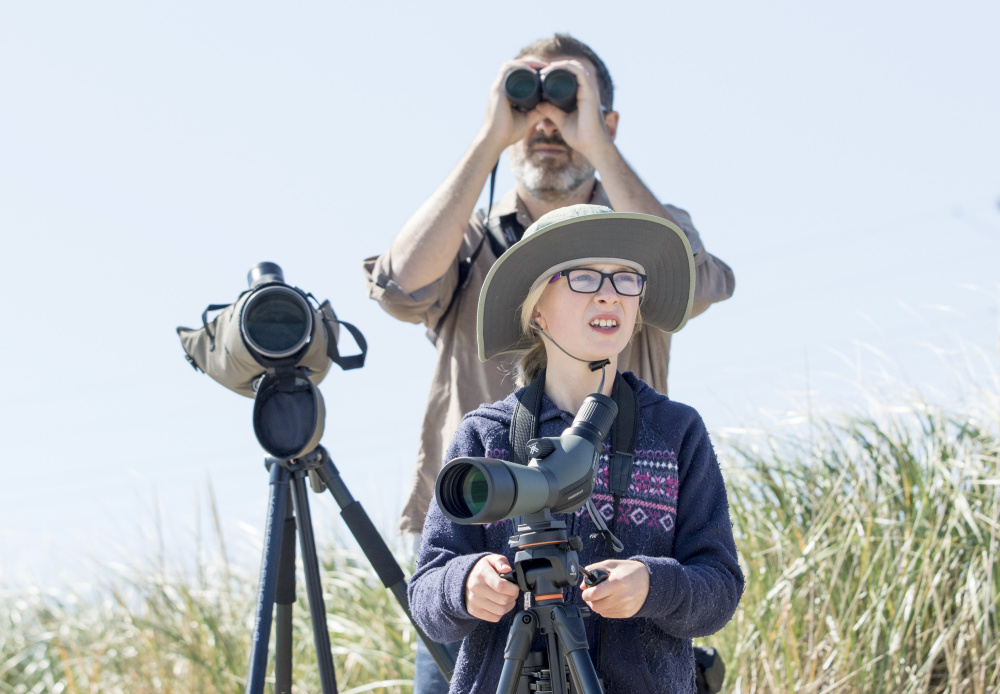
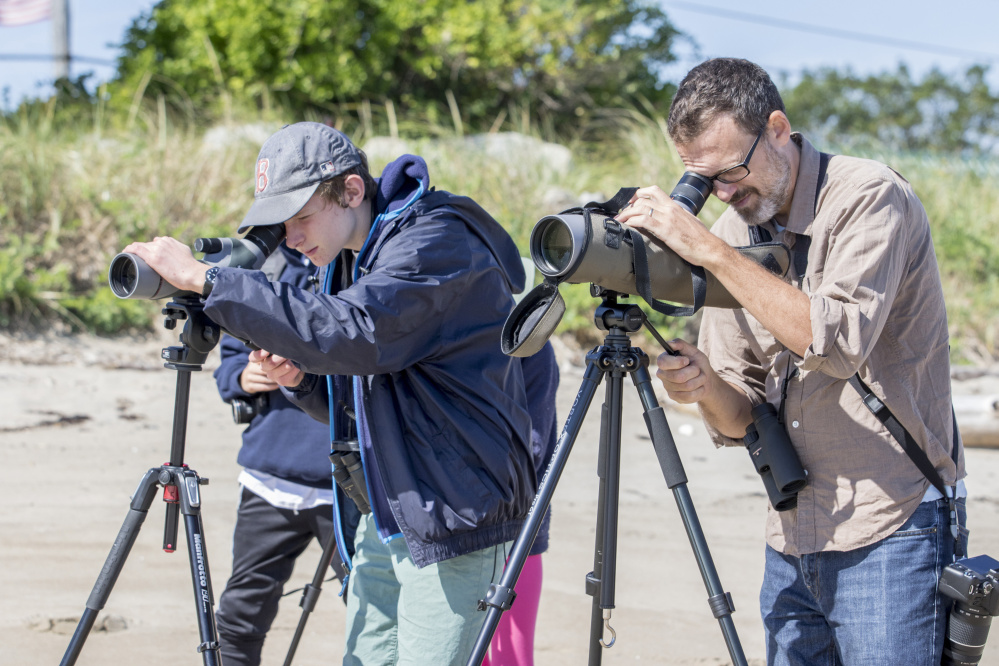

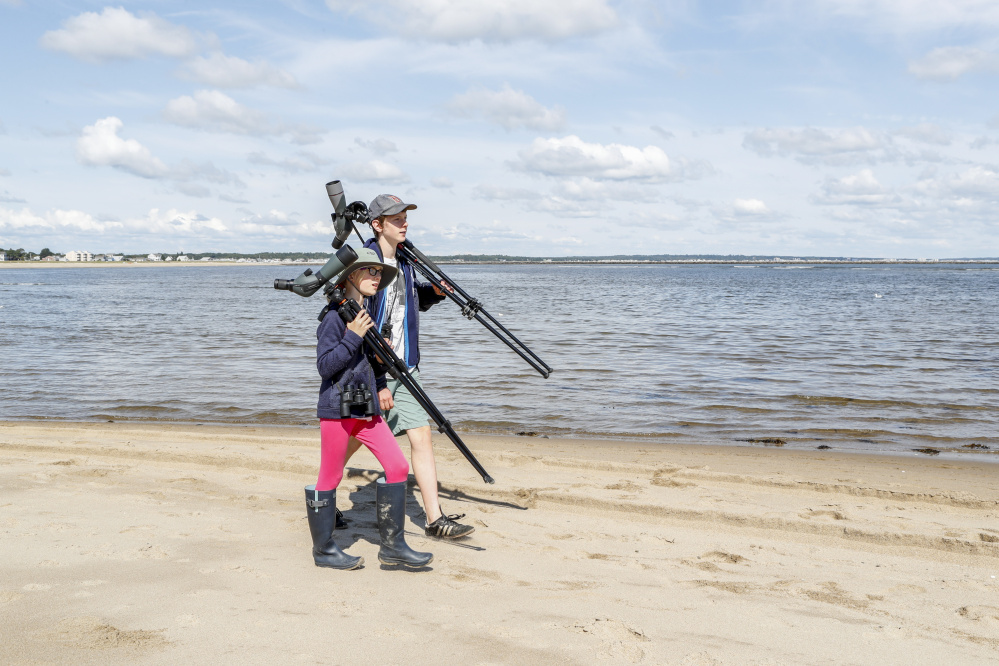


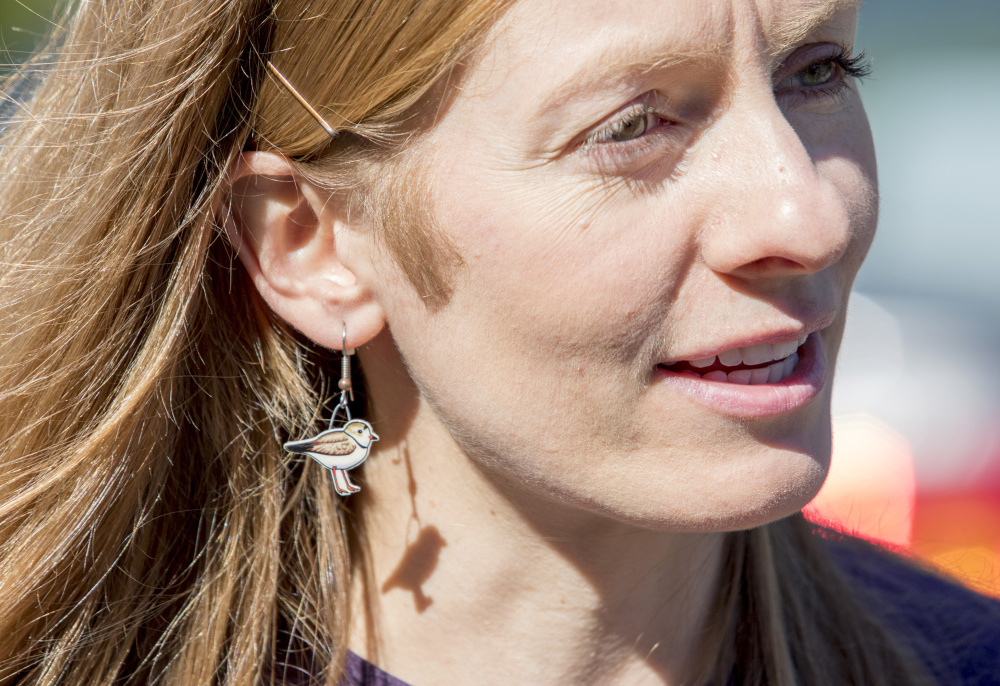

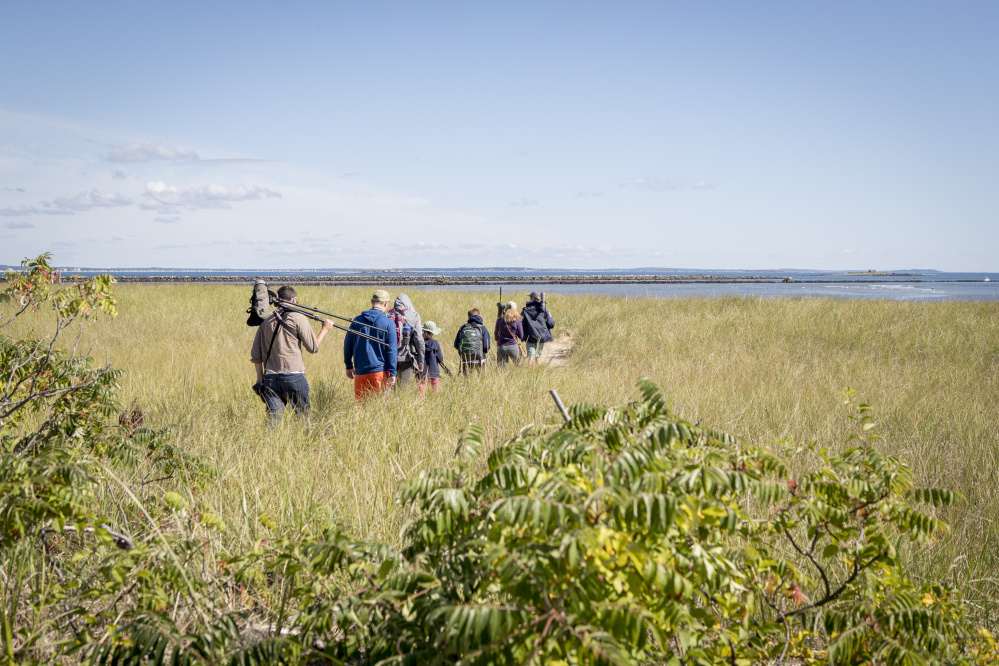

Comments are no longer available on this story